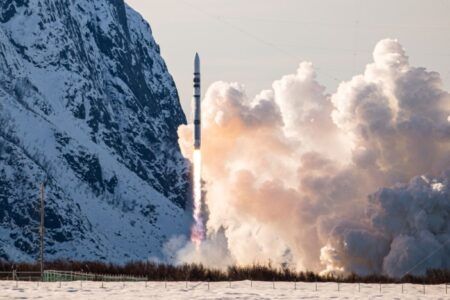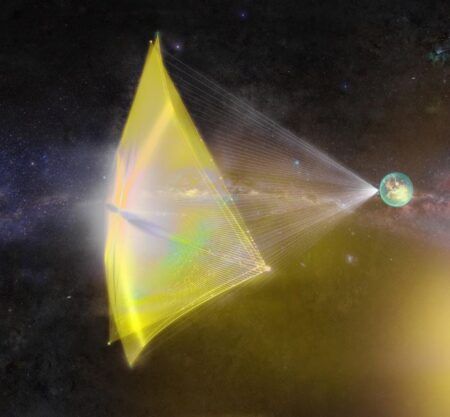A SpaceX Falcon 9 rocket blasted off from Florida, USA, on Monday, December 21, 2015, with a payload of 11 communications satellites before the reusable main-stage booster turned, fired rocket thrusters and landed safely a few miles from the launch pad.
The successful commercial mission took just over 30 minutes and was a reversal of fortunes for Space Exploration Technologies (SpaceX), founded by high-tech entrepreneur Elon Musk, after a rocket failure in June last year that destroyed a cargo ship carried on a resupply mission bound for the International Space Station.
The upgraded Falcon 9 rocket lifted off from Cape Canaveral Air Force Station in Florida in the evening and the nine-engine suborbital main stage returned to a landing site south of its launch pad about 10 minutes later.
Musk has said the ability to return his rockets to Earth so they can be refurbished and reflown would slash his company’s operational costs in the burgeoning and highly competitive private space launch industry.
Rival company Blue Origin, a space startup founded by Jeff Bezos, Amazon.com’s chief executive, achieved a similar vertical landing test for a returning rocket last month, but it did not achieve orbital altitudes.
SpaceX characterized before launch that a vertical return to Earth was a “secondary test objective.”
SpaceX switched to a new supplier for the steel struts and upgraded its testing program, Musk later told reporters. The Falcon rocket launched on the December 21 also included a more powerful first-stage engine and a beefed-up landing system.
January 8, 2016




